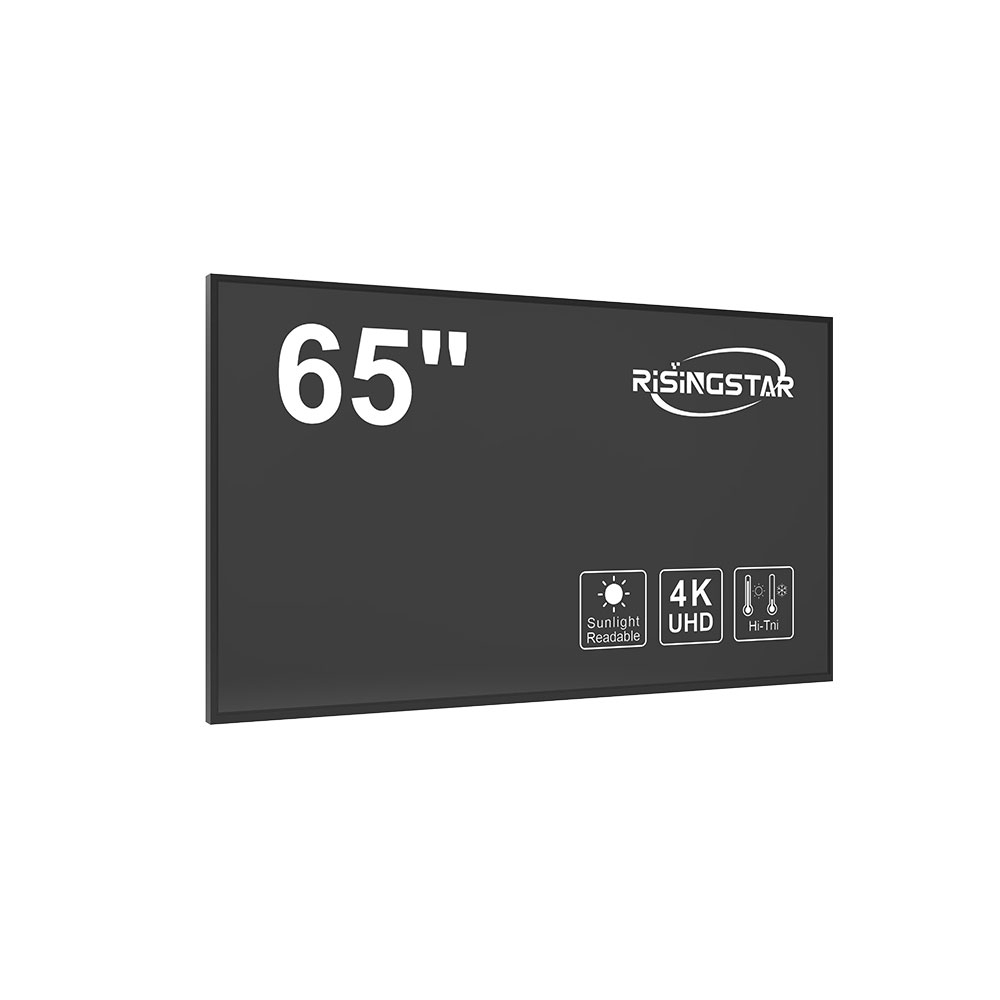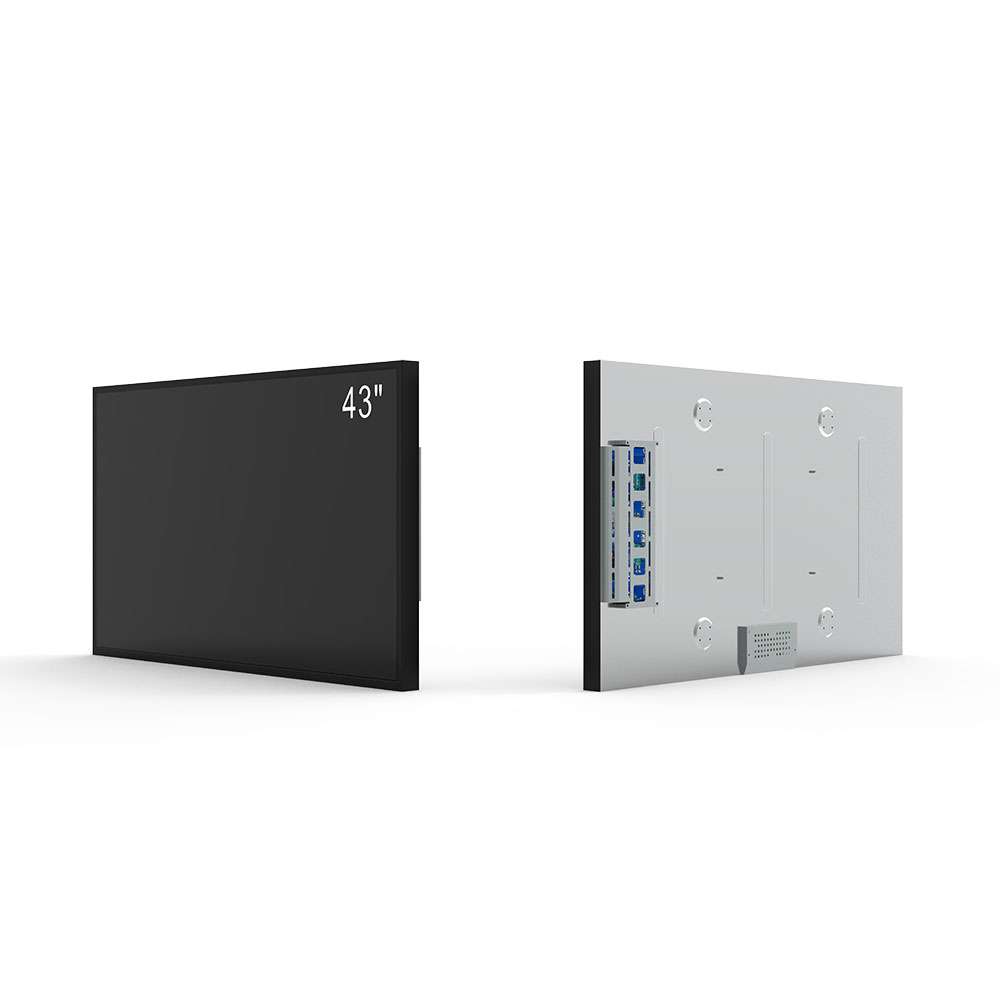Sunlight readable high brightness LCD screens are essential in outdoor and high ambient light environments where standard displays fail to deliver visibility. These screens, typically engineered with brightness levels exceeding 5,000 nits, are designed for applications ranging from military field operations and industrial control panels to public transportation kiosks and automotive infotainment systems. The core innovation lies not only in brightness but also in advanced optical technologies such as anti-reflective coatings, polarized filters, and dynamic backlight modulation.
According to the International Electrotechnical Commission (IEC) standard IEC 62305-1, sunlight readable displays must maintain readability under direct sunlight (approximately 100,000 lux) without visual fatigue or color distortion. Manufacturers like LG Display, BOE Technology, and Sharp have adopted transflective liquid crystal technology—a hybrid approach combining transmissive and reflective modes—to reduce power consumption while maintaining visibility in both indoor and outdoor settings. For instance, a recent case study from a defense contractor in the U.S. showed that using a 7,000-nit transflective LCD reduced battery drain by 35% compared to conventional backlit models in handheld battlefield devices.
The use of LED-backlit arrays with local dimming further enhances contrast ratios, making text and graphics legible even in extreme conditions. In solar-powered IoT devices deployed in remote locations, such as environmental monitoring stations in the Sahara Desert, these displays have proven critical for long-term operational reliability. Industry data from MarketsandMarkets indicates that the global sunlight readable display market is projected to grow at a CAGR of 8.2% from 2024 to 2030, driven by increasing demand in smart city infrastructure and autonomous vehicles.

Moreover, compliance with MIL-STD-810G and IP67 ratings ensures durability against shock, vibration, and water ingress—key requirements for ruggedized equipment. As AI-powered edge computing moves into field-deployed systems, the integration of high-brightness LCDs with touch-sensitive, low-latency interfaces becomes vital for real-time decision-making in high-stress environments.









